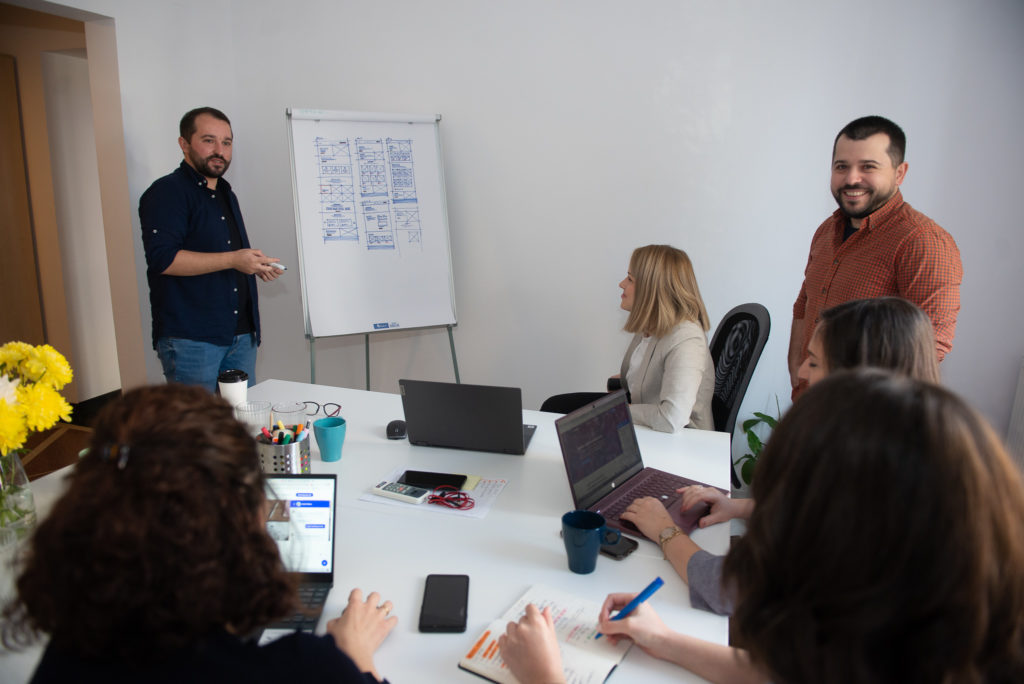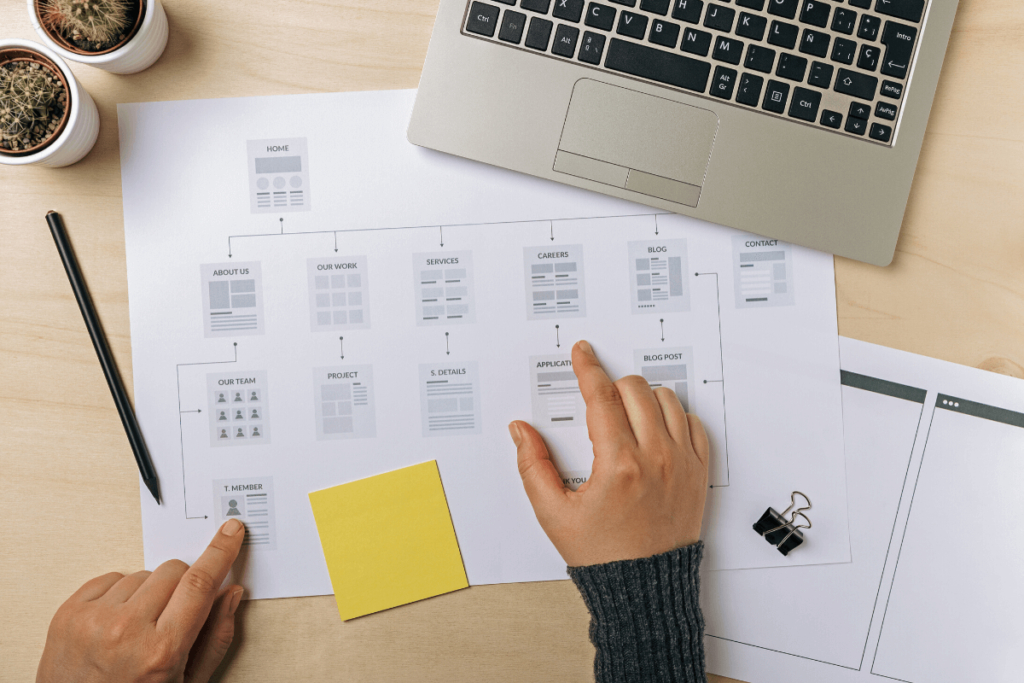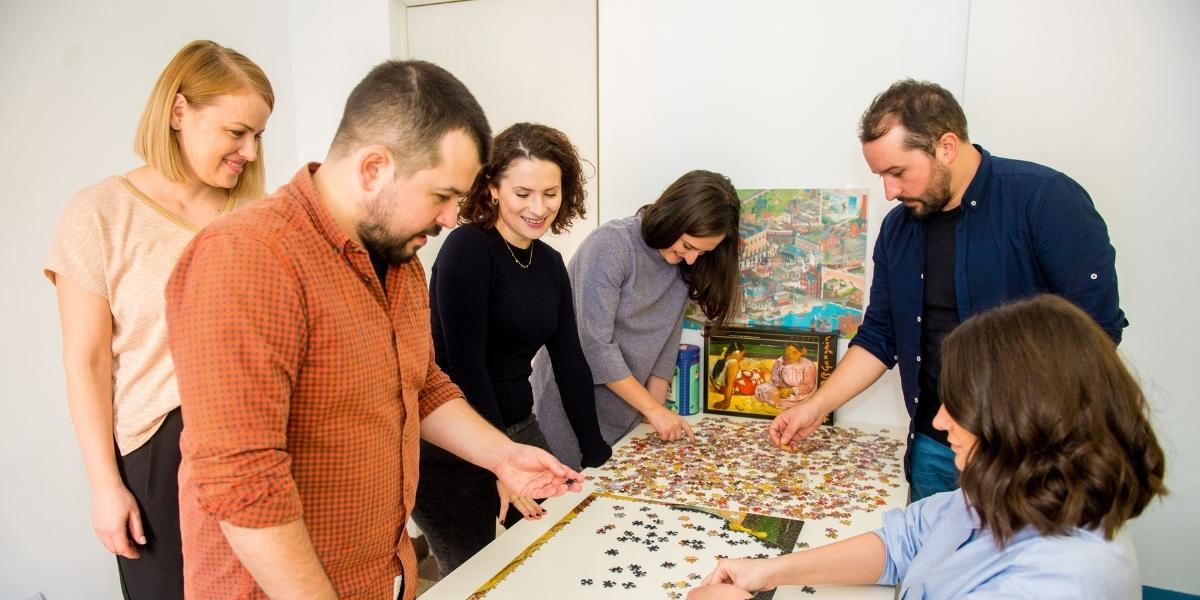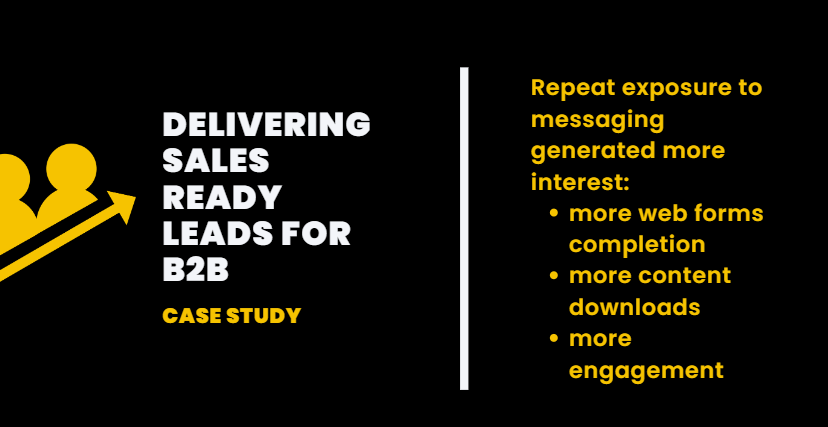A significant percentage of website projects go off track: they go above budget and timeline. And in the worst-case scenario, you end up with a website that doesn’t help you achieve those goals that drove the redesign in the first place.
What’s that percentage? In our experience, we estimate that 1 in 4 clients that come to us has gone through a website redesign prior, and came out unhappy.
It mainly happens because the goals and the scope of the website were not clearly defined, there was no process in place, the technical solution was not the right one for the client’s needs, or the collaboration with a web development agency/web developer didn’t work well.
So here is what you’ll want to keep an eye on during a website redesign, to make sure you end up building a website you can work with and most importantly, that helps you reach your marketing and growth goals.
1. Don’t start building or redesigning a website without a strategy in place
Just like you wouldn’t go on a road trip without a plan (what’s the destination, routes to get there, what stops you’ll make), don’t go into a website redesign project unprepared.

You want to have a website strategy in place that takes into account a few key areas:
Who is the website for?
Who are the people you want to attract to your website? Are they potential clients (and who is your ideal client then?), investors, potential employees?
And what jobs are they trying to achieve when visiting your website? Are they trying to compare your product’s features to your competitors, get information about pricing, discover how your product or service works?
Knowing what your audience is trying to achieve on your website will inform the sections and content of your website and its functionalities.
What is now working on your website and what is not?
Before you go ahead and make any changes, you want to understand which are your important pages (they have a good volume of traffic and convert well) and which ones you can change all you want (they have little traffic and conversions).
You want to take note of what works today and keep that, and discover where your visitors drop off. If you go in blindly, you can end up losing conversion and inbound leads.
Which functionalities are a must-have and which ones are nice to have?
You need to draw the line between what is essential and which functionalities can be added later. If you try to ship everything at once, it might take a lot of time to ship the website. And the assumptions you make about these functionalities might turn out to be incorrect, so you would have spent a lot of time building something that is not useful.
A better option is to build your website in iterations: launch the core pages and functionalities first and continue to improve your website over time. You can read more about growth driven design approach here.
2. Do proper customer research
One of the biggest mistakes you can make is to build a website by consensus: involve your CEO and other stakeholders and try to create a version to please everyone.
To keep opinions at bay and have a shot at building a website that helps potential customers in their buying journey, the best approach is to do your customer research.
When things start to deviate and people come up with opinions, you can go back to findings in your research to stay on the right track.
So where should you look to get customer insights?
Talk to recent customers and ask them
- Why did they decide to buy from you?
- What alternatives did they consider?
- What almost kept them from buying?
- What made them confident that your solutions were the right choice?
Talk to your salespeople to find out
- Who do they commonly lose clients to? And why?
- What question do they get the most in the sales process?
Look at your internal data
- Where do your visitors drop off?
- On what content offers do they convert the best / the least?

Based on the information you gather you can make assumptions (informed ones) to help you decide which sections and functionalities you need on your website.
3. Follow a process
This is where a lot of website projects fail: there is no clear process in place. What will your first step be? Will you do the design first and then the content or the other way around?
“If you can’t explain what you’re doing, you don’t know what you’re doing” is perhaps a good description of building a website without following a process.
The process that works well for us and gives us the confidence we can get a really good outcome in the end is this:
Step 1: Identify the business need
It’s the briefing phase where we want to understand the goals, target audience of the client’s website, and prioritize what needs to be done.
Step 2: Build a structure / wireframe
In this phase we’ll define the structure of the website:
- what pages the client may need on his website
- what components should each page have so when the ideal client visits the website, he/she will easily find all the information he needs
- map the main user experience flows to simulate how the ideal user would navigate the website

Step 3: Create a suitable design and content
The next step is to create a design that sends the right message and supports all the decisions we made so far.
Step 4: Implement sustainably
Depending on clients’ needs and context, we help them decide what is the most suitable content management system (CMS) that can support the growth of their business online.
And then move to implement the website on the chosen tech stack, test, and make last tweaks.
Step 5: Analytics and optimization
We’re setting up proper analytics tools to track visits, behavior, and conversions.
Step 6: Long term support and growth
Post-launch, we’re looking at how visitors interact with the new website, what works well and what needs improvement.
Regardless if you choose to build your website with an agency/freelancer or in-house, define your working process before going into the actual development work. It will help you stay on track and finish the website in time.
4. Work with the right technology to support your needs & goals
There are a ton of options available for creating a website: from working with a website builder to building on a CMS platform, to a fully custom-developed website.
You need to list your needs, internal constraints, and growth goals so you can make the right choice. And avoid the situation in which your growth is constrained by a CMS that no longer works for you or by having to work with a platform that is too complex for the stage you’re at.
When choosing the right platform for your website you need to consider scalability, ease of use, maintenance ease and cost, integrations, and security.
We’ve detailed some more on the different options for building a B2B website and how to decide which is the right one for your company.
5. Work with the right partner
Whom you choose to develop or redesign your website will have an impact on the success of the process, be it your in-house team or an external agency.
If you choose to work with your in-house team, make sure you agree on the time dedicated to the website redesign, and that they can commit to delivering the project.
The “danger” of developing your website in-house, when you have your own developers, is that they can be more focused on building the product or delivering to clients. So that the website project comes second, delaying the web redesign for longer than you think.
You can also realize that even skilled developers have a hard time striking the right balance between a state-of-the-art code and a website that works for a particular audience.
If you choose to build or redesign the website in-house, make sure you can get commitment on allocating enough time to complete the website, and that your developers can work with your specifications.
If you decide to work with an external agency, there are a few factors you’ll want to weigh in:
- What’s their working process?
- What other similar website projects have they developed? And what results did they achieve?
- Ask about the web project they’re most proud of and why. How about their worst one?
- How much experience do they have working with the CMS platform or technology you’re interested in?
- Who are the people you’ll work with?
6. View your website as a “set it and forget it” project
Websites have evolved from simple presentation brochures to being actual web products.
Your website needs to support your ideal clients in their buying journey, and so you’ll want to build it around their needs. That alone involves understanding your customers well, making assumptions about what website functionalities will be helpful, test and continuing to improve it as you go. You can no longer build a website and forget about it.
If you are set on getting the right (and final) version of your website in one go, you’re likely to spend a whole lot of time figuring out what functionalities to build and then implementing them.
The risk is to delay the website launch longer than needed, only to find out that it doesn’t bring the results you were planning for.
So the better choice is to start with an MVP version: build the core webpages with the core functionalities/sections, track its performance and continue to improve. This approach to building a website is called growth driven design, where you’re focused on launching a functional website version fast and improving based on testing and data. Rather than building once and forgetting about it.
Most successful websites are not built overnight: they’re built iteratively, starting for real data and customer insights, and improved constantly.
Successful website launches are backed by a solid strategy, built on the right platform and with the right partner by your side.
Still not sure how to tackle your next website redesign? Book a free consultation and we’ll help get clarity on the next steps and priorities.




